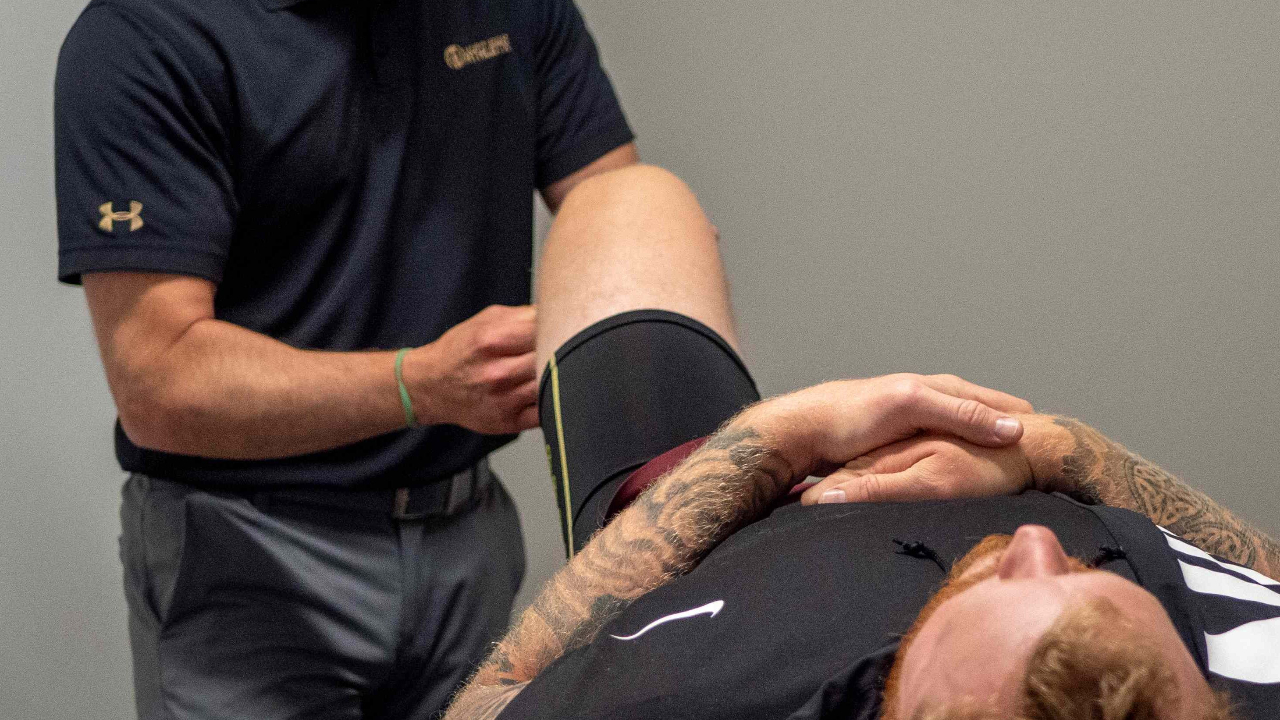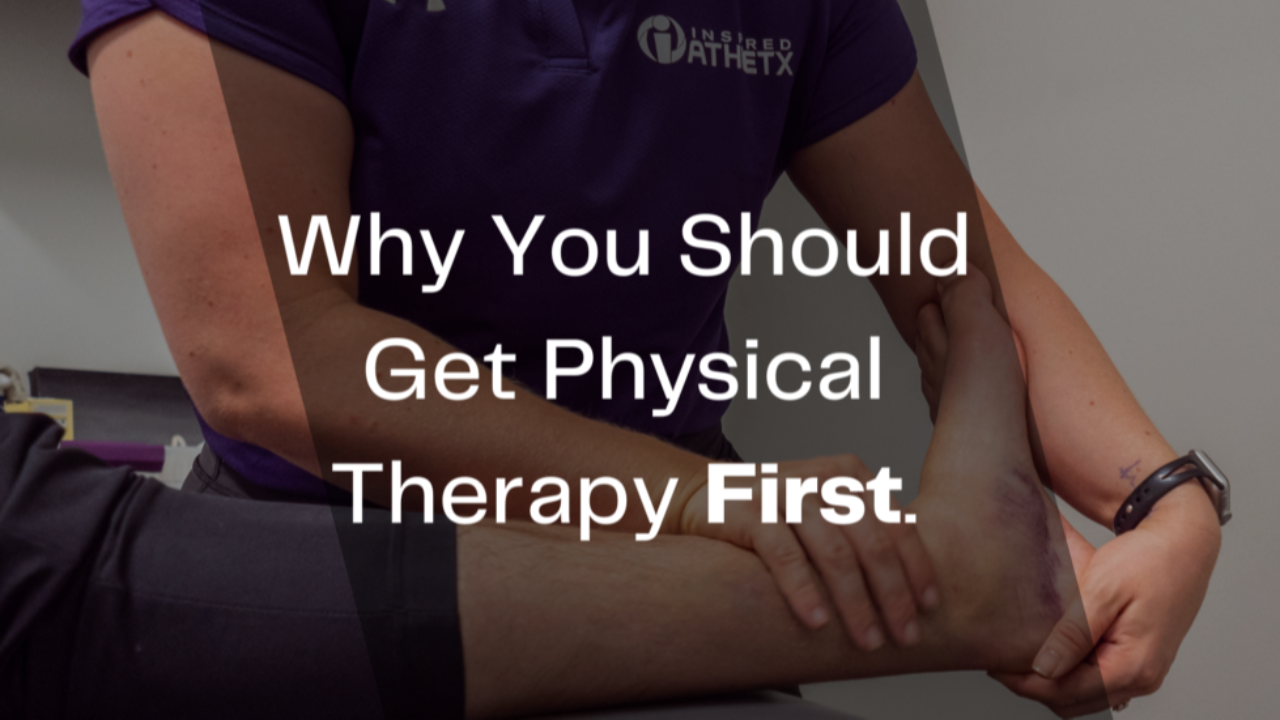
A Holistic Approach to Back Pain Treatment
Feb 05, 2024Low back pain is one of the most common orthopedic ailments - over 80% of people will experience it at some point in their lives. Despite its commonality, effective and long lasting treatments seem to elude most healthcare providers and patients.
Why is that?
Most providers take an isolated approach, choosing one of the treatment methods below:
- Symptoms masking via pharmaceuticals: medications or injections
- Manipulate or mobilize the spine
- Soft tissue mobilization or massage to the back
- Strengthen the core/back - but only in neutral or one direction!
- Patient Education - let’s just talk about your back pain
- Surgical intervention
In reality, effective treatment can (and should) take a whole person approach that utilizes multiple modalities, including manual therapy, mobility and strength exercises, improving movement quality, and enhancing the whole body ecosystem to promote recovery.
Manual Therapy - More Than the Spine!
Manual therapy, including joint mobilization, soft tissue mobilization, and dry needling, is a key component of early rehabilitation. It reduces pain and improves your mobility, thereby supporting comfortable, effective exercise. However, it should not be isolated to the low back alone! The lumbar spine is often a victim between two bad neighbors - the hip and the thoracic spine (upper back). When these regions don’t move well, it puts more strain on the lumbar spine when exercising, playing sports, or performing daily activities. Manual therapy should focus on these areas for long lasting relief.
Core Stability - More Than Tabletop!
Core stabilization exercises have been a key component of low back pain treatment for the last two decades. We love a stable core, but take issue with exercises that never progress from tabletop (birddogs, bridges, deadbugs, etc.) and avoid any motion at the spine. For a truly strong, stable, and functional core, you should be able to control movement of your spine through a full range of motion in all directions. This includes demonized movements like spinal flexion and extension.
Movement Quality - How Matters!
This is where many patients and providers get lost. Not every rep is created equal. For example, a glute bridge is a common exercise in early back pain rehab, but not every bridge is going to achieve the goals it’s intended to. If you’re simply instructed to lift your butt off the ground, most people will use their already irritated low back muscles to do it, and it will cause them pain. If they are instructed to activate their core and glutes, and maintain that activation while driving through their heels, they will be able to bridge without pain, and will strengthen the muscles the exercise is intended to target. The same goes for squats, deadlifts, and many other exercises!
Exercise Intensity - Beyond Bodyweight
On the subject of exercise, intensity matters! Once good movement quality is achieved, we need to load people. Intensity in the clinic should meet or exceed the intensity needed to perform their goal movement. A hip hinge with a dowel is great when they’re just learning to hinge, but if the patient is looking to get back to heavy deadlifting, or even just picking up their groceries, they need to be hinging with weight in the clinic. (Steps onto soapbox) Before you say “but my doctor said deadlifts/squats/etc are bad for my back,” know that there is no such thing as a bad or dangerous exercise, just exercises that a patient is poorly prepared for, whether it be poor coaching, poor conditioning, or poor scaling (steps off soapbox). Therapists also need to remember that just getting a patient back to baseline is not good enough. Baseline is where they got hurt in the first place. We need to exceed baseline abilities with every single patient.

Patient Education
Patient education has historically focused on pain science education and activity modification (i.e. all the things you can't or shouldn't do anymore). These have their place, but the focus should shift towards building a solid foundation for healing. You’re not going to focus on rowing a boat when there’s water pouring in through a hole in the bottom - it’s difficult to rehabilitate well if a patient’s overall level of health or recovery is low. The four components of wellness that we like to focus on are
- Movement
- Nutrition
- Sleep
- Stress management
You and your PT should discuss each of these subjects, and, if warranted, game plan to improve them. If you need more expertise than what your PT can provide, they can refer you to a specialist, like a dietitian or mental health expert.
Low back pain is multi-faceted, and the treatment of it needs to be too. If you've been hopping from one standalone treatment to the next without success, consider combining modalities with a PT directing your personalized plan of care.




